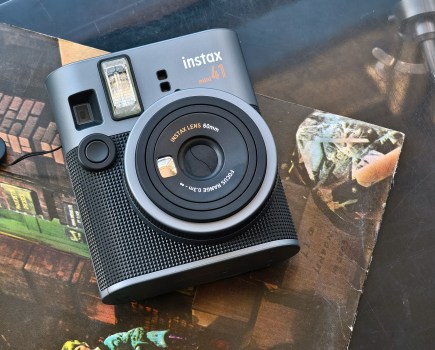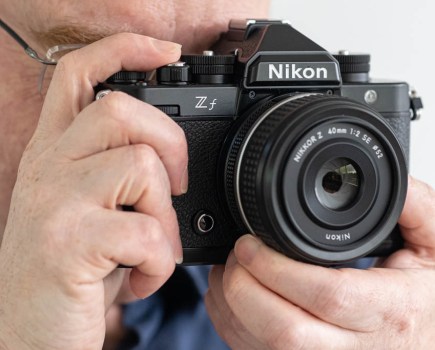There’s a huge range of choice at the moment when it comes to the best budget smartphones on the market.
In the Android sector, there’s a number of big-hitters, but probably the two most prominent are the Google Pixel 9a and the Samsung Galaxy A56. Both are squarely targeted at the mid-range user, and are available for roughly the same price.

Both manufacturers have also been known to produce excellent smartphones for photography, so I wanted to put them up against each other to see which one comes out on top. Let’s take a closer look…
Samsung Galaxy A56 vs Google Pixel 9a: Specs
In the table below, I’ve highlighted the main specs of the two models, paying close attention to camera and other photography-related specs.
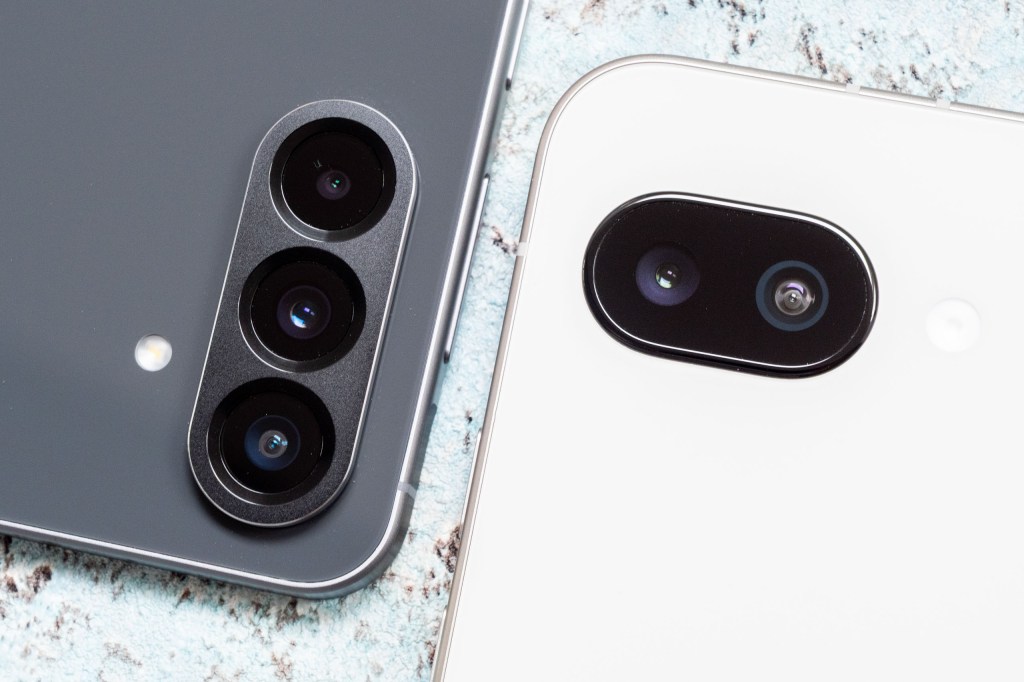
The biggest obvious difference is the Samsung Galaxy A56’s three-camera setup, compared with the Google Pixel 9a’s two. The two main lenses are relatively similar, both being high in resolution and both being roughly the same focal length. They also both have fairly similar ultrawide lenses. The third lens of the A56 is a 5MP macro lens – yes, it exists, but is it worth buying the phone for over the Google – on paper that seems unlikely, but we’ll pay closer to attention that later on.
Neither model has a telephoto lens – pretty normal at this price point – but both offer the ability to digital zoom, with Google calling its option “Super Res Zoom” up to 8x.
| Samsung Galaxy A56 | Google Pixel 9a |
|---|---|
| 50MP f/1.8 main camera, PDAF, OIS, 12MP output, 23mm equivalent | 48MP f/1.7 main camera, OIS, 12MP output, 24mm equivalent, Super Res Zoom up to 8x |
| 12MP f/2.2 ultrawide camera | 13MP f/2.2 ultrawide camera |
| 5MP f/2.4 macro camera | N/A |
| 12MP f/2.2 selfie camera | 13MP f/2.2 selfie camera |
| 4K 30fps video | 4K 60fps video |
| 6.7-inch Super AMOLED 2340x 1080 pixels, 1900nits max brightness, Gorilla Glass Victus+ | 6.3-inch Actua 2424x 1080 pixels, 2700nits max brightness, Gorilla Glass 3 |
| IP67 splash, water and dust resistant | IP68 splash, water and dust resistant |
| Galaxy AI, Exynos 1580 processor | Google Gemini, Tensor G4 processor |
| 5000mAh battery, fast charging (45W) available | 5100mAh battery, wireless and fast charging (23W) available |
| 256GB storage | 128/256GB storage |
| 162.2 x 77.5 x 7.4mm, 198g | 154.7 x 73.3 x 8.9mm, 185.9g |
Elsewhere, there are some important design differences to consider. The A56 has a significantly larger 6.7-inch screen. You might prefer a smaller screen, in which case the 6.3-inch 9a might be more appealing – or it might not be. What’s certainly true is that the Pixel is brighter, and the overall phone is slightly tougher, with an IP68 rating compared to IP67 (don’t panic though, the A56 should still resist splashes, rain and so on).

The native camera app between the two is different. You get a touch more choice from the Samsung, with extra Portrait mode functionality plus a pro mode. Neither give you the option to shoot in raw format, but, the Pixel has the fun “Add Me” mode for creating couple or group shots without the need for an additional photographer.
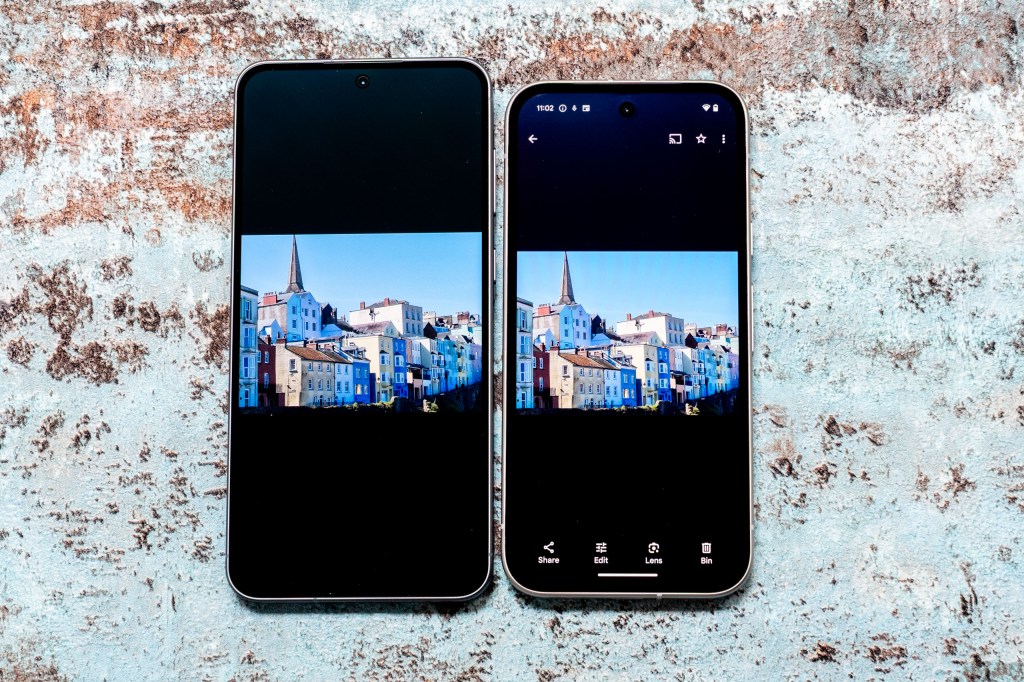
Both Samsung and Google have gone hard on AI functionality in recent years. As such, there’s a host of AI tools on board both phones. For photographers, that includes the ability to adjust and clean-up images after you’ve taken them.
Samsung Galaxy A56 vs Google Pixel 9a: Image Quality
For this test, I took photos with both the Samsung Galaxy A56 and the Pixel 9a in a variety of different shooting scenarios, to allow me to directly compare the two. You can use the sliders to compare the results. In every set, the A56 is always on the left, and the 9a always on the right.


Images from either 1x lens have come out very nicely. However, the A56 is more vibrant and saturated. Now, it’s perhaps fair to say that the Pixel 9a’s images are truer to life. Which you prefer is down to you, and of course there’s always the option to add filters and so on if you like that extra pop. Both contain similar levels of detail.


Again, probably the biggest difference here is to the colours, as well as the shadows. Both are not as good optically as the 1x lens, but both are perfectly usable.


Both the 2x options are created using a crop of the central portion of the high-resolution sensor. Both have come out pretty well actually, and I’d be more than happy to use either image. Once again, the colours from the Samsung are more vibrant.


The maximum zoom for the Pixel is 8x, while the Samsung tops at 10x. Neither are particularly amazing, but the Pixel is perhaps slightly more usable if you really are desperate to get that close to the subject. I’d probably stick to a maximum of 4x digital zoom for better results, though.


When it comes to close-up focusing, the Samsung has a dedicated macro lens which you can use for such images. They’re only 5MP, but they’re not too bad in some circumstances. The Pixel 9a uses the ultrawide lens for macro work, but you can’t get quite as close as with the A56 – but, the overall image quality is better. If I shot a lot of macro type work, the additional lens wouldn’t sway me to the A56, due to the low resolution.


Both the A56 and the 9a produce decent images in low light when using the 1x lens. Here I’d say the A56 is slightly more pleasing, with a bit more detail and sharpness, but there’s not a huge amount in it.


Having an ultrawide lens gives you the option to use it in low light too – but both put in a pretty dismal performance, as you can see here.


For portraits, you can get pleasing results from either option. The Pixel only has 1.5x or 2x shooting options, while the Samsung gives you 1x or 2x to get a little more context in the scene. For me, I prefer that, but it’s not a huge dealbreaker – you can always step back a little if you need to. Outlines are fairly good with either option, so long as you don’t scrutinise them too closely. With either model, you can photograph humans, but also other subjects such as pets or even inanimate objects and still get the blurred background effect.


Both cameras have done a pretty similar job with the selfie. The Pixel has a warmer tone than the Samsung though, which some may find more flattering.
Samsung Galaxy A56 vs Google Pixel 9a: Value for Money
Both of these models have a $499/£499 starting price point, so at first glance they might seem hard to pick apart – value wise.
However, it’s worth pointing out that the A56 gives you 256GB of storage that price, while the 9a only has 128GB. You can get a 256GB Pixel 9a, but you’ll need to pay an additional $100/£100 for it.
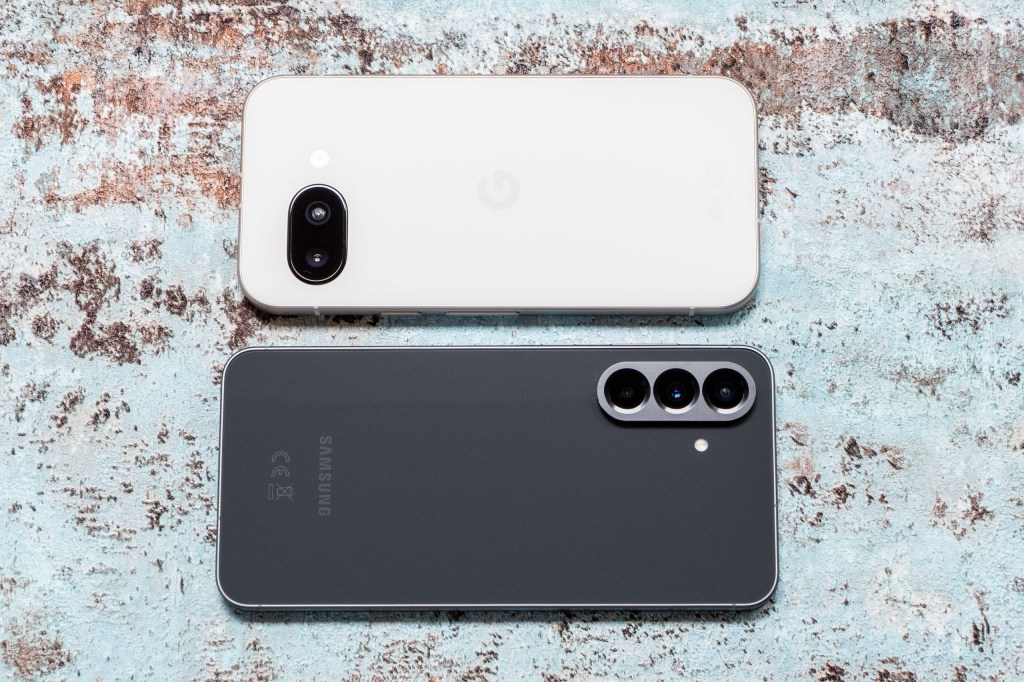
Otherwise, it’s worth thinking about what you want from your phone. Don’t be swayed necessarily by the additional lens of the A56 – both have comparative main and ultrawide lenses – the third macro lens isn’t entirely worth having. However, in many other respects, the A56 performs either just as well or slightly better (depending on personal taste) than the 9a.
It might come down to the size of screen you want, or the look of your device. The A56 is bigger, but it’s also boxier and slightly less attractive (again, personal opinion here). The Pixel 9a is smaller, making it more pocket friendly – but it’s also brighter and tougher. I can’t answer which you’d prefer…
Both represent better value for money than the big Apple competitor, the iPhone 16e, which has a starting price of $599/£599 (128GB) and only give you one lens.
Samsung Galaxy A56 vs Google Pixel 9a: Verdict
For those looking for a budget-friendly smartphone, the choice can be a bit overwhelming at times.
Here, these two Android big hitters are closely matched in a number of respects, so it can be hard to pick between the two.
In terms of image quality, I would probably just about give the edge to the Samsung, thanks to its bolder colours and better portrait mode options. But, there’s not a huge amount in it, and the Add Me feature is certainly a lot of fun from the Pixel.
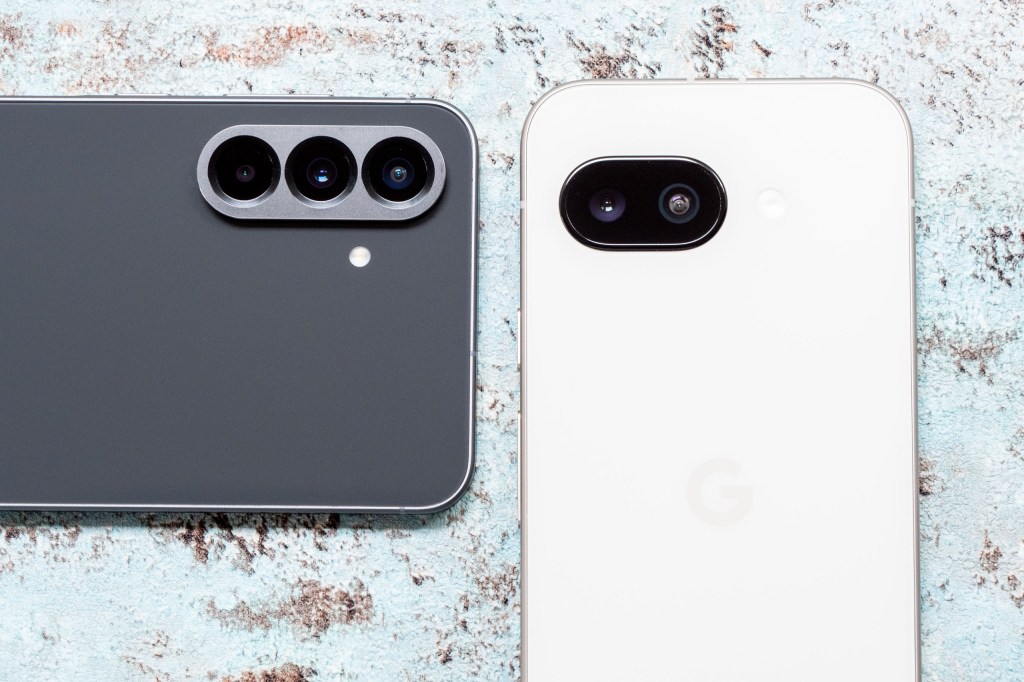
Elsewhere, there’s design aspects to think about. Realistically, I can’t answer entirely for you which one you should choose – think about how much storage you want, what size screen you want, and which you like the aesthetic quality of more, and make your choice based on that.
If you’d prefer a telephoto lens, you can also consider the Oppo Reno 13 Pro, or the Samsung Galaxy S24 FE.





